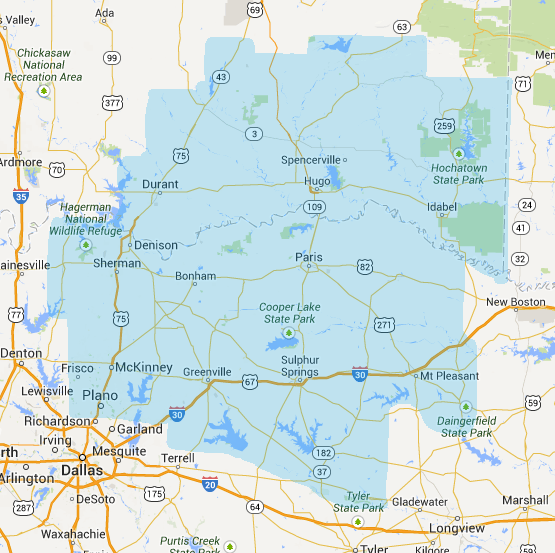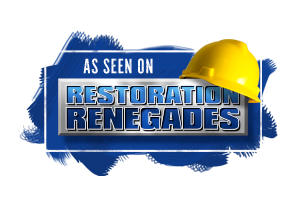Since - 1997
- Call now for a
- Free Estimate
- 903-229-4846 NE TX
- 281-572-8798 Houston
Protecting Your Home Against Tornadoes

Your home is likely your most important personal investment, so it only makes sense that you will want to protect it from anything that can cause it harm. However, in the face of destructive natural forces like hurricanes, severe winds, and tornados, your home is unlikely to escape without any damage if it stands right in the path of these weather patterns. However, there are ways you can protect both your house and your family.
What does “tornado-proof” mean?
To begin with, what exactly is a tornado-proof house? Does it mean your house has to remain standing if it is run over by a tornado? In reality, tornado-proof simply means your home’s exteriors elements have to be able to withstand the flurry of debris that a tornado can hurl onto it, as per the official definition of the Federal Emergency Management Agency (FEMA). A tornado can launch a storm of heavy objects, often at speeds of over 200 miles per hour, so if your home’s windows and doors can’t withstand flying chunks of wood, metal, and other objects, then it’s a goner. Resistance against projectiles is the primary quality that a building component should exhibit if it is to be considered “tornado-proof.”
Is it possible to tornado-proof an entire home?
Even if a home fitted with tornado-rated doors and FEMA-certified windows, your home can still suffer damage because of other weak spots that weren’t very apparent previously. Light-weight garage doors or wind-penetrable walls, for instance, can prove to be weak links in an otherwise protected home. When high winds and pressure changes break through a home, they can cause the walls and the roof to collapse.
Tornado proofing an entire home might not be feasible. For one thing, tornado-rated materials can be very expensive. For another, they are not always pleasing to the eyes. Enveloping your home fully in concrete and steel can make your home suffer aesthetically if it is not designed properly, and the costs can skyrocket easily.
Protect you home against tornados the right way
- Follow official weather warnings - Tornado safety begins with educating your family about tornado safety tips. Always heed warnings from the National Oceanic and Atmospheric Administration and from your local authorities, and be vigilant of the current weather situation in your immediate vicinity. Evacuate immediately if you have been warned to leave your home. All family members, including children, the elderly, and disabled individuals should know exactly what to do when a tornado strikes.
- Build a storm shelter – Instead of tornado-proofing an entire house, FEMA recommends that you should have an underground shelter or an aboveground safe room instead. When evacuation becomes impossible, a storm shelter or a safe room serves as a sanctuary for your family. They are reinforced with materials like concrete, steel, and wood in such a way that they can withstand winds stronger than 200 miles per hour. Make sure that your shelter is also equipped with disaster or emergency supplies, which you might need in case you get trapped or stranded in your home after a tornado. These include water, food, medicines, first aid kits, flashlights, batteries, transistor radios, and an emergency phone.
- Fortify your home – If you are going to be building a home in a storm-prone area, it is best to implement tornado-proofing elements right from the very beginning. You can also execute small changes that can spell the difference between the survival of your home and its destruction. Work with your builder so that they can come up with a design that bests protect your home. If you are having your home redesigned, ask your contractor to rectify possible flaws. Building components that serve as starting points for damage, including weak doors and windows, should be reinforced immediately. If you can build your garage as a detached structure, it could protect your home from being completely destroyed by a tornado because the house will be isolated from the pressurization that the loss of the garage door may cause.
If a tornado gets too close to your home, your house might not completely evade damage, but it is best to always be prepared for anything. It also pays to have a reliable restoration and reconstruction contractor who can help you immediately in the aftermath of a disaster event.
If your home in Texas has been affected by a tornado or another disaster event, please call LMS Restoration at 903-229-4846. We will be more than glad to lend you a hand and help you get started with your journey to recovery.






